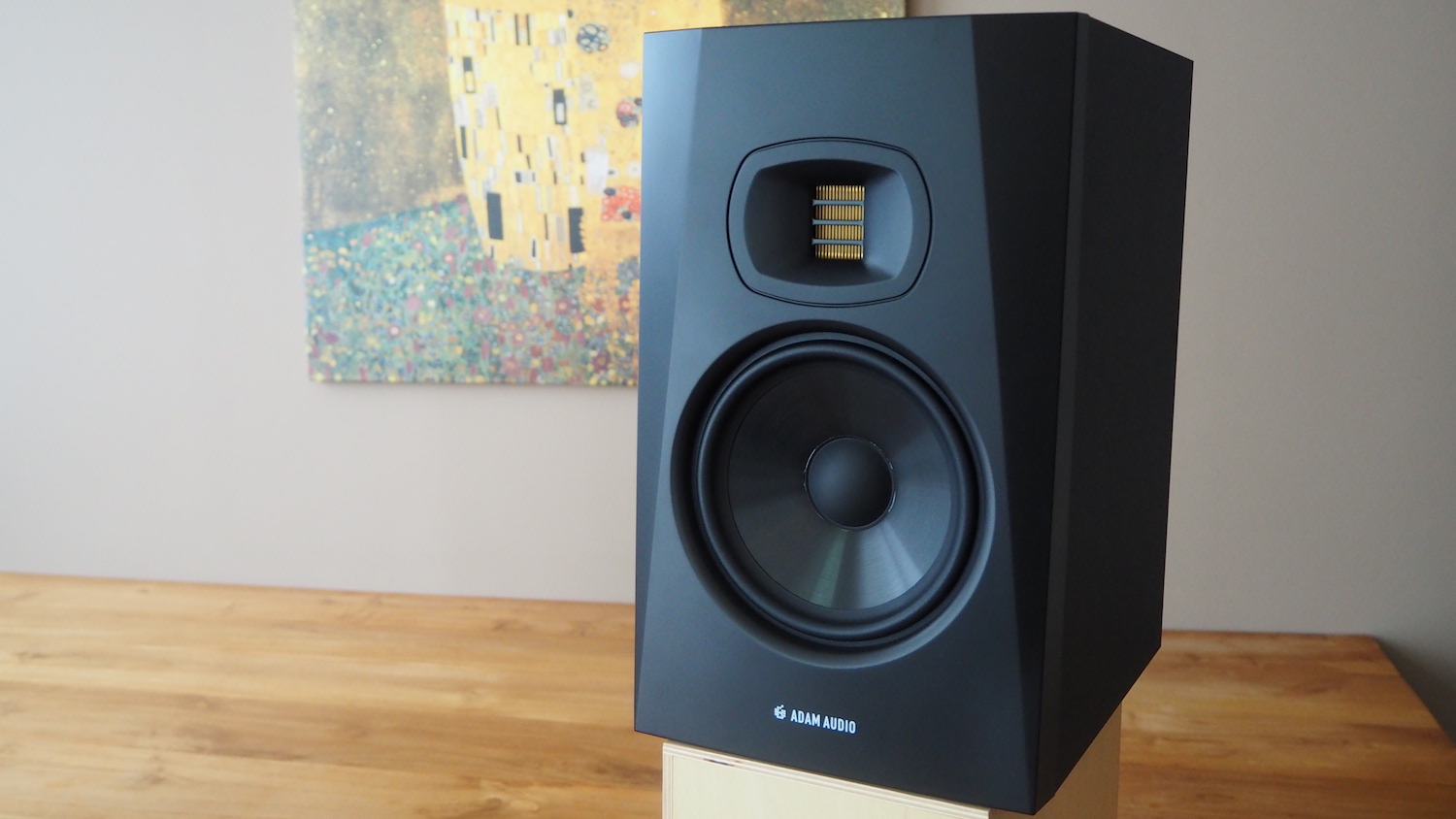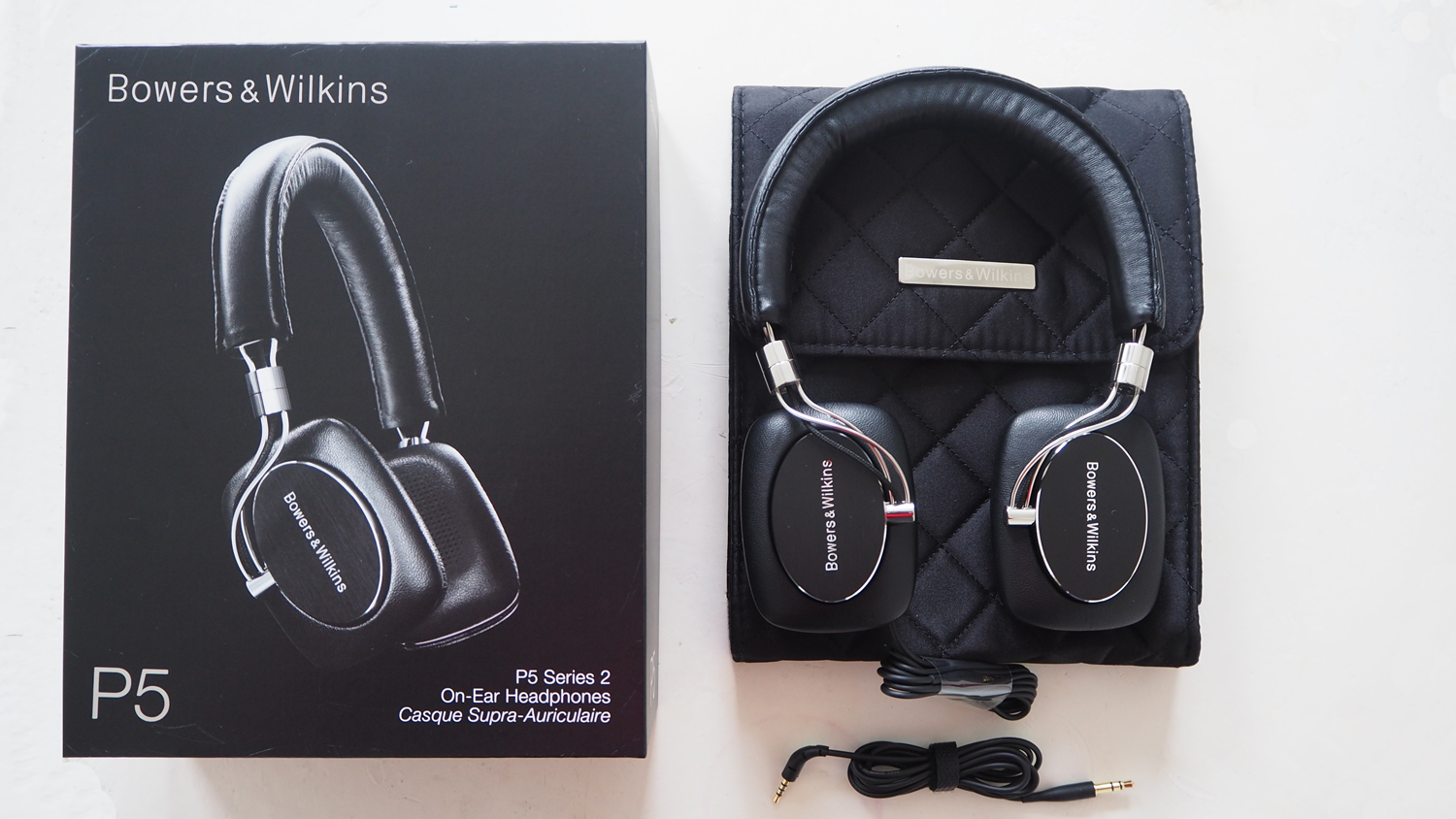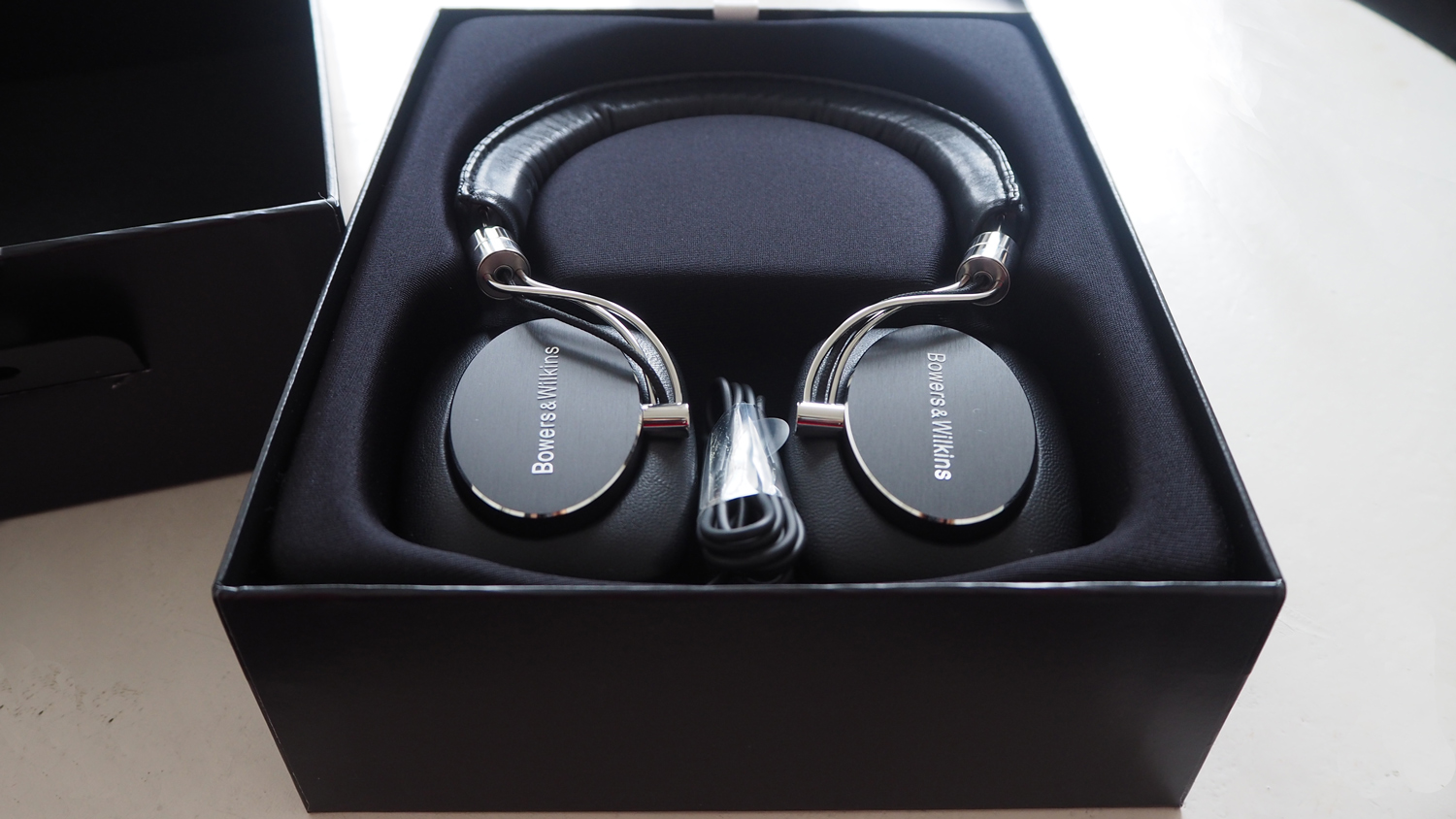
REVIEW: ADAM Audio T7V vs. AX7 studio monitors
I had been eyeing ADAM Audio speakers for a while now, but still holding off until I got more impressions from others, knowledge about the competition and generally waiting until I saved up enough money!
[update: one of my readers pointed out that it is actually A7X not AX7! So I’ve updated the body text but not the headline, so not to disrupt the Google indexing :-P]
I had been eyeing ADAM Audio speakers for a while now, but still holding off until I got more impressions from others, knowledge about the competition and generally waiting until I saved up enough money! Let's face it, ADAM speakers are not the cheapest out there. I had been considering the AX range, which are considered crossover of high end home studio recordings and pro audio. But to pay €1098 for a pair of A7X, €778 for a pair of the 5-inch A5X or a whopping €518 for a pair of the smallest of the range, A3X was enough to make (an aspiring music producer in the making like) me feel sick!
Buy ADAM T7V from Thomann: https://www.thomann.de/intl/adam_t7v.htm?partner_id=81398
Buy ADAM A7X from Thomann: https://www.thomann.de/intl/adam_a7x.htm?partner_id=81398
The first time I went to Bax Shop in Amsterdam to check studio monitors, there was a DJ who gave me a tip to buy the ADAM Audio speakers. I don't know who he was, but I definitely kept it in mind. I listened to all speakers and the AX range were definitely the ones that stood out to me in terms of amount and smoothness of the detail, however there was something really off-putting about the bass of the A5X. It was boomy and I predicted that I would fatigue after some time of listening.
So I left it and a couple months later I returned to Bax to listen again with a fresh ear and new impressions. Since the last time, I had spoken to several other musicians and producers and more often than not, ADAM speakers had a good reputation. This time they had the new T series on showcase, which is the entry-level affordable consumer speaker to compete with the likes of Yamaha HS series, JBL LSR305, KRK RP series to name a few.
Anyway, with my heart set on one of the ADAM AX series, I decided anyway to do a blind test and listen to all the speakers in the room and rank them. To my surprise, I actually discarded the A5X! WHAT! Incredible. So when the shop assistant came by, I asked him to check the boost settings on the back because I remembered from last time that I felt something was off with the bass. He checked the right monitor and indeed, it was boosted in the bass, and in the treble! WOW, I was so proud of my own ears and glad that I could now make a more honest comparison.
In the end, it all came down to the ADAM AX and T. They both had such an honest and detailed sound, rich and never harsh. Some of the competitors were harsh in the treble (Yamaha HS), or overall muffled (KRK), or just not as exciting (Focal Alpha, HEDD).
DIFFERENCES BETWEEN T7V and A7X
The most obvious being the sound quality.. of course AX being cleaner, and more detailed in every way (stereo image and frequency response) than the T.
AX has stereo link.
AX has the bass port at the front (not back like on the T), along with the volume control.
AX has High/Low Shelf options (boost and attenuate) and T has High/Low Pass Filter, so no boost.
Price. A pair of 2 x T7Vs is already 150 Euros cheaper than 1 x A7X. No more needs to be said.
Besides that (and I won't go into technical specs, as you can compare on the ADAM Audio website), there are few differences. I think for the price/quality is absolutely unbeatable, and for that reason alone, I went for the T7V.
After taking them home, I listened to some CDs and the sound was brilliant! The bass was really rich and I was glad to finally have some nice woofers in the house, rather than bass-less desktop computer speakers! (TIP: listen to CDs or vinyls when possible! Even Premium Spotify streaming will not give you the listening pleasure in good speakers)
I only have 3 concerns about the T7V and they are as follows:
1. On the back there is a dB level control but there is no groove on the pot at 0 dB so you don't know can't know if you're exactly on 0 and no stereo link so you can't be sure if both speakers are the same level.
2. I heard some popping sounds from the speakers, which decreased when I bought new RCA cables, but I have a feeling it is the dirty electricity in my apartment. I need to verify it another time using new XLR cables and in another place! [update: the popping noise stopped when using a good audio interface and XLR cables in another location. HOWEVER, now with a good studio set up, I noticed some white noise from the speakers. So the speakers are not completely quiet! It is not noticeable when listening to audio, but if you’re sitting in silence with the monitors on, you can hear it. To try to reduce it, I set the gain on the back of the speakers to North-West (or at 10 O’clock) which is below 0dB and use the gain on my audio interface, which doesn’t increase the noise at all even on the highest setting.]
3. The woofer cone is not made with very very much attention as you can see the sloppy glueing. Not a deal breaker, I'm just being picky. (see photos below)
In summary, go for the A7X if you have the money! If money is no issue, T7V is absolutely the best entry-level near-field studio monitors on the market.
[As a side note, for a higher price bracket, the Focal Alpha 65 and HEDD Type 05 came a close second and third in the blind test after the A7X, for their detailed and flat frequency response, but I felt that compared to the ADAM speakers they were slightly 'dull'. Not a bad thing, but I think I would like to be inspired when making music and if I don't feel warm listening to even my favourite songs, then something is wrong.]







I paid €395 for a pair of T7Vs at Bax Shop.
Buy ADAM T7V from Thomann 1 x €199: https://www.thomann.de/intl/adam_t7v.htm?partner_id=81398
Buy ADAM A7X from Thomann 1 x €549: https://www.thomann.de/intl/adam_a7x.htm?partner_id=81398
Check out all Active Near-field Monitors at Thomann: https://www.thomann.de/intl/active_nearfield_monitors.html?partner_id=81398
Official ADAM Audio website: https://www.adam-audio.com/en/
—
If you’ve reached this far down of my blog post, please take a few seconds to:
Subscribe to my YouTube
Follow my Instagram
Like my Facebook
Best octave pedal for electric cello: Electro Harmonix Micro POG vs. tc electronic Sub 'n' Up
I had so much fun comparing these two octave pedals with my 5-string electric cello by NS Design! After I give my review, I will reveal which pedal I ended up going with (sadly I couldn't keep both and the Sub 'n' up was borrowed from my classmate and bass player Fabian, thanks Fab!).
Buy Electro Harmonix Micro POG: https://redir.love/bKahYSXG
Buy TC Electronic Sub ‘n’ Up: https://redir.love/SJEoTXnX
Build: the Micro POG is definitely bigger and also slightly sturdier (better for gigs and no worries getting scuffed on the edges). I really liked the size of the Sub 'n' Up and it was not really cheaply built or anything but because it has the paint around the whole pedal, it looks prettier, but then there is more paint to scratch off. Micro POG wins.
Foot switch: the Micro POG (and also other Electro Harmonix pedals) have a very stiff foot switch. It has a big click and needs quite some force to click it. Sub 'n' Up just feels more friendly and sensitive. Sub 'n' up wins.
Tracking: both are fine, with a slight delay, but expected I suppose. So it's a tie.
Sound: Sub 'n' Up in general is a smooth-sounding octave pedal has issues with gain. Micro POG octave up sounds a bit bright, but it tracks very well and you have a lot of gain to play with. The octave up also sounds a bit organ-like on both, so I think there is no winner for the upper octave. Sub 'n' Up has a more rounded sound but doesn't really help the sound to stand out. Overall sound-wise: Micro POG wins.
Modes: Sub 'n' Up has a few modes, but I kept it in polyphonic, since the monophonic option tracks really slowly and doesn't suit the electric cello. The TonePrint function I didn't even try, so I can't say if it is really good or not. Sub 'n' up also has an option for a sub 2 octaves down, which is a very cool option, but wouldn't say it was a deal breaker if my octave pedal didn't have one. The cello plays very low already (and I have an extra lower bass string) so I don't really need it. I prefer having one octave up and one octave down for the cello. Sub 'n' up wins for extra functionality.
The charger: I wouldn't usually need to mention such a trivial thing but one big 'con' about the Micro POG is that it uses a very big and heavy adapter with a very thin cord which is 220V and not recommended to be used with a 9V daisy chain. It's really something I hate about the Micro POG.
Overall: in the end I chose the Micro POG because of the sound. It felt more raw, and analogue, and consistently loud on both sub and octave up. Sub 'n' up sounded more digital, smooth, safe, and the sub was loud but not defined, and the octave up was not loud at all even at the highest gain.
The cello in the photo is the NS Design CR5 5 string electric cello by Ned Steinberger.
Buy Electro Harmonix Micro POG: https://redir.love/bKahYSXG
Buy TC Electronic Sub ‘n’ Up: https://redir.love/SJEoTXnX
—
If you’ve reached this far down of my blog post, please take a few seconds to:
Subscribe to my YouTube
Follow my Instagram
Like my Facebook
Best reverb pedal for electric cello: Eventide Space vs. Strymon Big Sky
A few weeks ago, I met an electric violinist who told me about the Eventide Space reverb pedal she was using for live performances. Immediately I was curious and bought one to try with my NS Design 5-string electric cello. The first impression was pretty good, but after some research online, I discovered that there were more people who were raving on about Strymon Big Sky and other websites doing head to head reviews on these two top-class reverbs. So I bought the Big Sky as well, just to see what the fuss is about and not to miss out on something potentially better!
Here is my (humble) take on both:
Build: Eventide Space is built with rugged edges and knobs, fit for on the go and on the stage. Big Sky doesn't have rubber feet, corners or knobs and feels more like a studio pedal than for the stage. The knobs on the Big Sky are more delicate and unnecessarily raised a few millimetres above the pedal, which adds to it feeling. Space wins.
Look: The display on the Space is big and red, very 80s, while the display on Big Sky is much smaller and has less characters. Space wins.
Ease of use: Navigation on the Space seems easy, using presets from 1-100. Each time you land on a preset, it flashes momentarily the reverb type that it is based on. On the Big Sky, you can see what reverb the preset is based on because of the green light. Each reverb is named on the pedal with a light. Both are equal.
Sound: Now, sound-wise, this is where it becomes most interesting. For experimental and ambient digital reverb sounds, the Space wins, but for the sound of a real-life reverb, Big Sky is clearly the winner. The sound is just so pure. I can imagine that the Space sounds amazing as an effect for synths, and for specific studio recordings, but I think Big Sky is just an amplified musician's dream to play live with.
Conclusion: overall the Eventide Space is more user-friendly, better built and better all-rounder, but purely from a sound perspective, Big Sky is the ultimate top class reverb pedal and cannot be surpassed.
The cello in the photo is the NS Design CR5 5 string electric cello by Ned Steinberger.
Buy Strymon Big Sky: https://redir.love/BDsJbbpI
Buy Eventide Space: https://redir.love/zfMOttsg
—
If you’ve reached this far down of my blog post, please take a few seconds to:
Subscribe to my YouTube
Follow my Instagram
Like my Facebook
REVIEW: Bowers and Wilkins P5 Series 2 on-ear headphones
Sadly, my last pair of on-ear headphones Marshall Major White were falling apart (the ear muff was breaking at the seam and falling off), which was (and is) the only reason why I decided to buy a new headphones. I've been through a bunch of Sennheisers, then a pair of WESC, then more recently the Marshall, which lasted me a good 3 years, and I even used these for recording and also mixing.
I generally wanted to escape from the hype (because hype doesn't mean quality), so I wasn't leaning towards Dr. Dre's Beats or Bose (I actually returned the noise-cancelling over-ear headphones because I didn't like the sound). One day randomly while at MediaMarkt, I went over to the headphones section and grabbed a pair of Bowers and Wilkins because they looked so sleek. As I put them on, my ears melted from the comfort. This alone was enough for me to buy these and give them a try. The price point was a little high for simple 'on-ear headphones' for daily commuting use, but I gave myself permission to indulge a little this time (since I got the Marshalls for only 50 euros during a black Friday sale). I also saw my friend's boyfriend had the same headphones so having at least one person in my 'trusty' good-taste network with these headphones it was enough for me to go ahead.
My first impressions on the sound was not as great as the first look and feel impression, but that changed when I discovered that on my phone that the default Music Quality Streaming settings on Spotify was not set to Extreme (320 kbits/s), therefore setting it to Automatic (Recommended) means that it could be low quality depending on what Spotify decides to choose for you. I had previously chosen this in the settings but after I reset my phone and downloaded the Spotify app again I forgot to check.
After a bit of time I think I will get used to the sound, and I think it comes down to what you've been using before. When I compare the Marshall and Bowers and Wilkins I can hear the quality and richness of B&W is much higher, but somehow I was still used to the Marshall sound, because it masks all of the 'bad' frequencies so you hear a more muffled and comfortable sound where nothing sticks out.
A handy addition to the headphones is the choice of using the headphones with the extra mobile phone buttons or without. For recording music with a mobile phone, I prefer to use the cord without so it doesn't record with the headphones, and not a lot of casual listening headphones have this option, which is annoying to me. It is easy to take the headphone off and switch the cable.
Overall, an amazingly sleek, good-looking, comfortable and high-end on-ear headphones. High-end also means high price-point too.
149,- EUR at MediaMarkt
Check out the official Bowers Wilkins website for more information:
http://www.bowers-wilkins.eu/Headphones/Wired-Headphones/Wired-Headphones/P5-Series-2.html
—
If you’ve reached this far down of my blog post, please take a few seconds to:
Subscribe to my YouTube
Follow my Instagram
Like my Facebook







